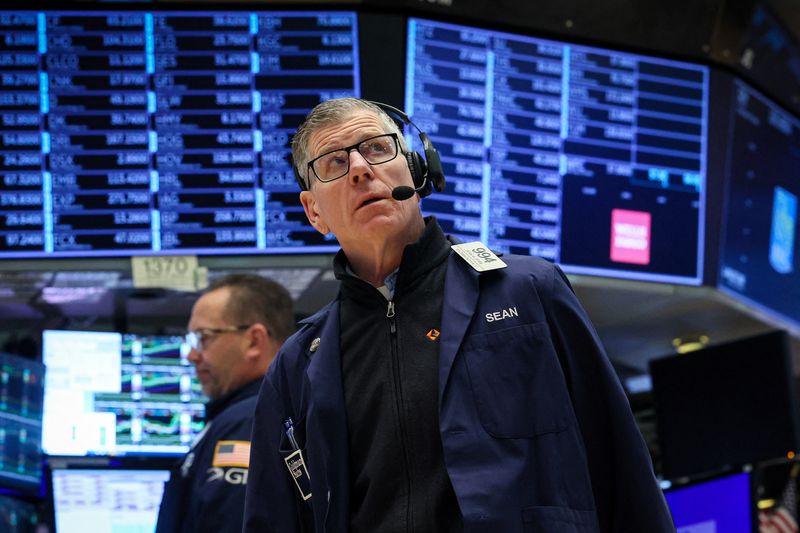At the beginning of this month, the StockTradersAlmanac, a widely followed investor newsletter, officially issued its “Best Six Months MACD Seasonal Sell” signal for both the Dow Jones Industrial Average (DJIA) and the S&P 500.
This move marked the beginning of what is traditionally viewed as the "Worst Six Months" for these indices.
The market commentators initially believed the signal was issued a bit early, but it has proven to be “rather timely,” it said in a recent report.
After experiencing five consecutive strong months and gains that were double the historical average, Almanac expected a slowdown in the equity market rally.
Indeed, the S&P 500 saw a decline of 5.5% from the March 28 closing high to the April 19 closing low, aligning with their projected pullback range of 3-6%.
“We suspect the pullback is not over and at a bare minimum we could see more chop over the next several months fueled by headlines, higher rates, inflation data and technicals,” Almanac said in a new report.
What comes next for S&P 500
With April 2024 nearing its end, it appears clear that it will register as a down month, marking the first decline in six months.
Historically, April ranked as the best month for the Dow Jones Industrial Average in terms of average percentage change, and the second best for the S&P 500. For Nasdaq and Russell 2000 indexes, April is ranked fourth for average percentage change, the newsletter highlighted.
“In general, April is a solidly bullish market month overall with a high average percent and plurality of gains across the board,” it wrote.
“So a negative April is cause for concern. When the #1 Dow month is down that could be significant.”
Considering the strong performance in the first quarter of 2024, Almanac analyzed previous instances where April was a down month following a positive Q1.
The analysis showed a marked improvement in performance, it noted. However, weaknesses during the "Worst Six Months" still remain significant.
Notably, substantial losses occurred in specific years following this pattern, including 1956 during the Eisenhower Recession, 1981 amidst the double-dip recession, 1987 during the market crash, and 2000 at the time of the dot-com bubble burst.
Finally, since 2024 is a presidential election year in the US, Almanac further narrowed down its analysis to only election years with underperforming Aprils.
“Stocks still struggle through Q2 and Q3 in these years,” the market commentator wrote.
“Q4 and the last 8 months are stronger overall but not without significant damage in 1956, 1960, 2000 and 2012. Sitting presidents were running for reelection in 1956 and 2012 whereas 1960 and 2000 were open fields,” it added.
“No matter how we slice it after the big 5-month and Q1 gains we’ve had and the looming April loss, the market is going to be hard pressed to deliver much upside until Q4.”
S&P 500 support and resistance levels
As the market correction gained momentum, Almanac analysts have also revisited a long-term technical chart dating back to 2022.
They highlighted the previous 4800 resistance level from the January 2022 high, which was finally surpassed in January 2024. This level now acts as a support, Almanac said.
“A move to this level would be an 8.6% pullback from the closing high and 8.8% from the intraday high,” they noted.
If the index falls below 4800, there is additional support at around 4700, near the 200-day moving average and the January low, which would mark a 10% correction. There is also further support at 4600, aligning with last summer's highs and indicating a potential 12.5% correction.
“Considering how far the market has come since the October 2023 lows and even the 2022 bear market lows, a correction of these magnitudes should not come as a surprise,” the newsletter said.
“Today’s selling on the worse than expected GDP, inflation data, and Magnificent Seven weak guidance may look dire at first blush, but it’s not as severe as the fear mongers want you to believe. The market and these high-flying stocks clearly got ahead of themselves, and this is a retreat to more reasonable levels.”
